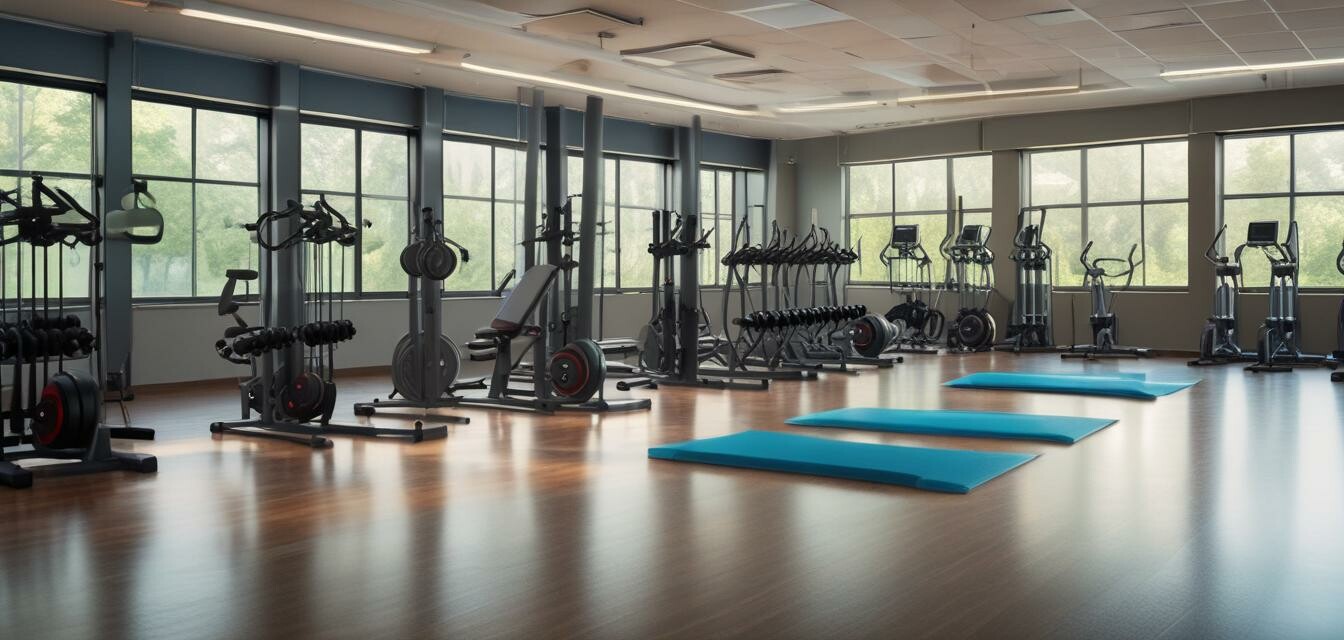
The Rise of Low-Impact Strength Training Programs for Seniors
Key Takeaways
- Low-impact strength training is becoming increasingly popular among seniors.
- Many programs focus on safety, accessibility, and gradual progression.
- Success stories highlight improved quality of life for participants.
- Resources like exercise books can offer valuable guidance.
- Choosing the right equipment is essential; explore options in our exercise equipment section.
The landscape of strength training is evolving, especially for seniors looking to engage in physical activity without risking injury. Low-impact strength training programs have emerged as a safe and effective solution, allowing older adults to improve their strength, balance, and overall fitness. This article explores the rise of these programs, emphasizing their benefits and sharing inspiring success stories.
The emergence of low-impact strength training
Traditionally, strength training has been perceived as demanding and potentially harmful for seniors. However, the increasing awareness of the importance of physical activity in maintaining health has led to the development of low-impact programs tailored for older adults. These programs emphasize:
- Safety: Prioritizing movements that are less likely to cause injury.
- Accessibility: Making training options available, regardless of fitness background.
- Variety: Incorporating different modalities, such as resistance bands and bodyweight exercises.
Understanding low-impact strength training
Low-impact strength training refers to exercises that are gentle on the joints yet effective in building strength. Here are some characteristics that define these programs:
| Feature | Description |
|---|---|
| Joint-friendly exercises | Movements that reduce strain on the knees and hips. |
| Focus on form | Emphasizing proper technique to prevent injuries. |
| Individualized approach | Programs that adapt to each person's fitness level and needs. |
| Use of supportive equipment | Incorporating tools like light dumbbells, resistance bands, or yoga mats. |
Success stories from low-impact strength training programs
Many seniors have found renewed vigor and improved quality of life through low-impact strength training. Here are a few success stories:
- John's Journey: At 72, John struggled with balance issues. After joining a low-impact class, he not only enhanced his balance but also regained confidence in his mobility.
- Mary's Motivation: Mary, 68, found strength training daunting. She began using resistance bands at home, and now feels empowered to incorporate strength exercises into her daily routine.
- George and the Group: George, 75, joined a community program and formed friendships with fellow participants. The social aspect enhanced his motivation and commitment to stay active.
Why seniors should consider low-impact strength training
It's not just about strength but also about improving functional movements for daily activities. Here’s why seniors should consider low-impact strength training:
- Improved mobility: Helps in performing daily tasks.
- Increased muscle strength: Vital for maintaining independence.
- Enhanced mental clarity: Physical activity is linked to cognitive benefits.
- Better overall health: Regular strength training can positively impact heart health.
Finding the right resources
As the demand for low-impact strength training grows, various resources become available to assist seniors. Here are some valuable resources:
- Exercise DVDs: Visual guidance can be helpful for beginners.
- Exercise books: Detailed instructions and tips to follow at home.
- Resistance bands: A versatile tool for strength training.
- Yoga mats: Providing comfort during workouts.
Key considerations when starting a low-impact program
For seniors new to these programs or considering incorporating them into their lives, here are a few key considerations:
Tips for beginners
- Start gradually: Listen to your body and progress at your own pace.
- Consult with a professional: A fitness expert can help tailor a program to your needs.
- Stay consistent: Regular practice is essential for seeing results.
- Mix it up: Combine different exercises and equipment to keep workouts fresh and interesting.
Conclusion
The rise of low-impact strength training programs for seniors marks a significant shift in how we view fitness for older adults. By focusing on safety, accessibility, and the joy of movement, these programs offer numerous benefits. As we continue to promote an active lifestyle, embracing low-impact strength training can lead to improved health outcomes, increased independence, and a more enriched life.